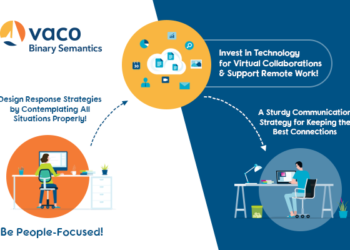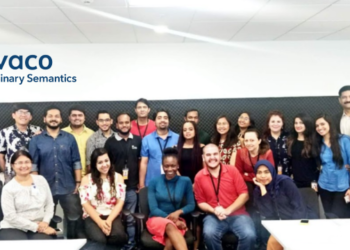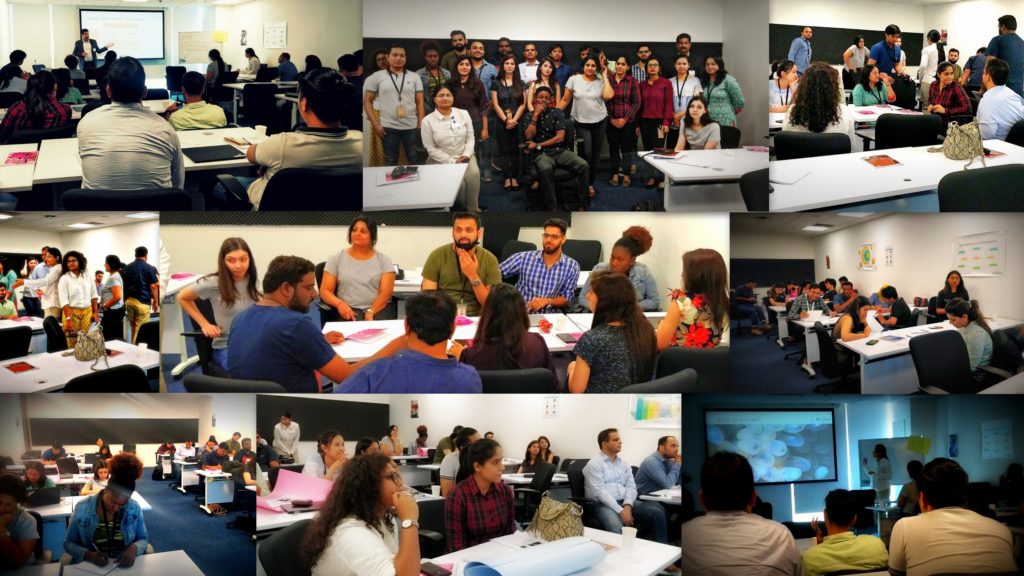A drastic shift from open offices to paying heed on collaborative tools is what we all are witnessing these days. This pandemic has given a cultural-shift to business scenarios intensely. The workers are now having flexible work options as they are managing their work from home.
However, for companies, it’s not as easy as pie. Having the same transparency in work, a good level of communication and managing whole work with a proper work-life balance is a big challenge for them. But this uncommon sabbatical has given a great technological boost as well and helped the companies in managing resources effectively.
Here we will discuss the technological boon that saved the businesses from getting badly impacted by such unnatural circumstance! Also, know about what strategies they can opt for managing resource! Read till the end!
- Be People-Focused!
Organizations run with the hard & smart work of employees and if they don’t feel safe then it would be hard to manage every resource perfectly. So, it’s good to go people-focused and know whether your employees are safe & ready to perform their duties online. It’s essential to monitor every situation and support them in need for their proper management.
Social media and other technological advances enable employee tracking and two-way communication for efficient results.
- Invest in Technology for Virtual Collaborations and Support Remote Work!
To slow down the pace of disease, pandemic necessitated everyone to stay home and continue work from there only. In such a situation, virtual collaborations turn out as the only remedy to carry on business operations.
A plethora of technological solutions are available to continue business meets that don’t specifically require your physical presence over a particular place. So, Zoom meetings, Google Meet collaborations got a quick hike from the business people.
This technological advancement didn’t let the epidemic to halt the business process and helped business owners to manage their resources effectively.
Moreover, the companies can invest in such tools that help them perform work, access bandwidth for the remote work support, collaborate virtually, and enable the employees to work remotely.
- Design Response Strategies by Contemplating All Situations Properly!
Limited availability of telecommunications, internet availability in remote areas is posing a serious challenge for businesses to manage their resources. In such cases, it’s required to design response strategies by keeping all these things in focus.
Overcome these barrios by choosing alternative supply chain vendors, subcontract work, and plan around highly mutual intervention areas and many other strategies.
- Outsourcing- A Reliable Option to Manage Resources
Reliance on third parties is another valuable option you can opt to manage resources effectively. The data processors, payment processors, aggregators, cloud service providers, outsourced vendors can opt for product & service delivery.
However, it’s not necessary to outsource all. Instead, the company can prepare a list of vital members or third parties to carry on their activities and implement strategies.
- A Sturdy Communication Strategy for Keeping the Best Connections
Without communications, especially during this pandemic, results can’t be achieved. It’s utmost necessary to maintain customer trust if you want to survive. Moreover, market stability, restore confidence & morale of employees, and maintaining customer trust, it’s quintessential to have effective communications. So here the dire need for efficient communication strategies arises to keep warm contact with all stakeholders, either internal or external.
Social media is surely a good source here for better communication and even many other effective strategies can be adopted.
Final Words!
These unnatural situations like national emergency we all are going through, the need is to take calculated steps. By keeping all aspects in mind and focusing on each stakeholder, you can manage the resources & avoid unforeseen hiccups.
So, build a safety net around your business by safeguarding your resources and manage it wisely by keeping transparency and efficiency.
Good luck!











